Hunting With Outfitters
December 26th, 2016 by BTC Editor
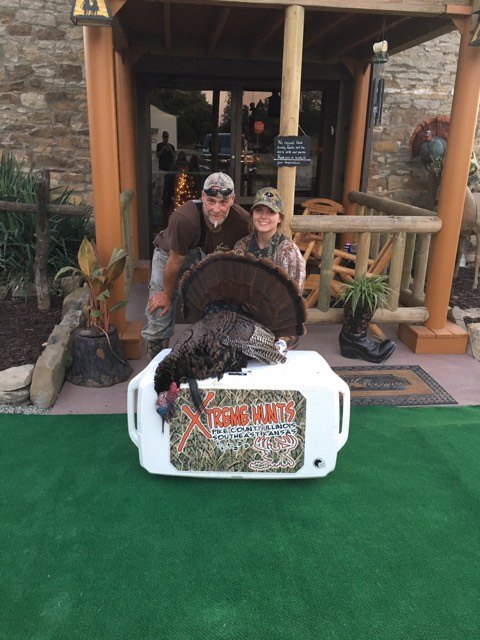
Whether you have hunted with an outfitter before or are considering doing so in the future, here is a list of a few things you, the client, should think about before going. I believe the most important tip I can give you is to always be prepared when booking a hunt with an outfitter, especially if it will be in a different state. With that being said, communication with your outfitter and guide is the key to getting the most out of your hunt.
Come Prepared
- Know what your outfitter will provide based on the type of hunt you booked (i.e. lodging, meals, blinds, stands, fully-guided vs. semi-guided, etc.) Call your outfitter to see if they have any recommendations for what you’ll need to bring.
- On top of bringing the necessary tools to take your game, make sure that your equipment is dialed in. Do this before you leave and again once you arrive just in case something changed while traveling. You expect your guide to give you his or her best work so it’s only fair for you to do the same.
- Know the type of terrain you’ll be hunting so that you can be prepared physically and mentally. If you don’t know this already you can find this out by a quick internet search.
- Know the typical weather conditions so you can bring all the necessary clothing that you may need (i.e. rain gear; rubber, insulated or snake boots, etc.)
Listen to Your Guide & Be Open Minded
- Deer and turkey habits will vary state to state so what you are used to back home may not be what you’ll experience on this hunt. Remember your guide does this every day for a living in that particular area so they know what they’re doing. Trust their instincts with blind/decoy setup and take their advice on how to hunt that animal. A good example is turkey hunting: If your guide says they don’t do “run and gun” type hunting that usually means their hunters are more successful with the blind setups and the client being patient. Listen to that advice or else you’ll probably end up with an unsuccessful hunt.
- Remember that outfitters and guides can only do so much when it comes to animals and their behavior. If your guide did their job, you have listened to their advice and continued to take it then try not to put all the blame on the guide. Animals can be very tricky and can change their behaviors in a second.
Tips for the Hunt
- If you have physical limitations that require a different type of setup, make sure to tell your guide before you arrive so they can plan extra time for setup or can get extra help if needed.
- If you have a specific goal in mind, and it can work with your hunt, make sure to tell your guide so you can get the best overall hunt. Whether it be a trophy to take home, to be able to witness beautiful scenery, anything legal or you’re just looking for a relaxing trip, communicating this to your guide will make your hunting experience better. Remember to be open minded, sometimes trophies aren’t always available, spot and stalks aren’t recommended for certain animals or areas and sometimes the animals just don’t want to cooperate.
- Gun etiquette. This may seem like common sense but you’d be surprised how often people forget the direction their gun barrel is aiming. Not only is bad gun etiquette dangerous, it’s very inconsiderate to your fellow hunters. Whether the gun is loaded or not, always treat it as if it were. This could save a life and also help ease a little tension on the hunt.
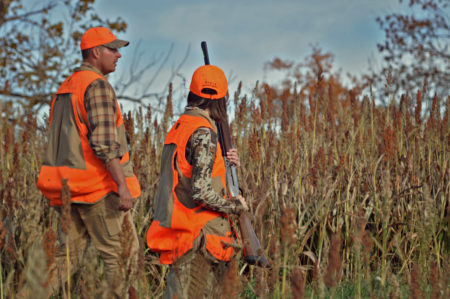
Helping Your Guide
- If you’re able, asking your guide if they need help with decoy setup is very considerate. Most would love to have an extra hand to help set everything out as long as it follows the particular setup they have in mind.
- Most outfitters include cost to cover the cleaning of the animals but it’s always a good question to ask. If the outfitter takes care of this offering to help hold legs, head or wings back for them is always very much appreciated.
- Calling can be different depending on the type of hunt you’re going on and the outfitter. If the outfitter covers the calling but that is something you look forward to then make sure to let them know. A good guide will know when the clients’ calling won’t hurt the hunt.
- After you’ve taken your animal it’s time to get the perfect photo. Your guide will know how to get that beautiful photo of your harvest but if you have a particular pose or tradition in mind just let them know.
Camp/Lodge Manager
- Camp managers are used to cooking for a lot of people so usually that comes with a large mess. Just because you are away from home doesn’t mean it’s okay to leave more of a mess than necessary. Be considerate and try and pick up after yourself to show your respect for the outfitter and yourself. If you’d like to offer more than that I’m sure they would greatly appreciate it. They usually have the cooking part down but offering to help with dishes or setting the table can be a big help.
- Make sure to let them know ahead of time if you have any special dietary needs or allergies as this will help them with meal preparation.
Tipping
- Although it’s not really talked about tipping is very important to guides and how they make their living. Just like a waitress or any type of service business you deal with, you usually expect to leave a tip if you believe they did a good job. If you believe your guide did a good job then a good base percentage to tip is about ten percent. If you think they did a great job than show it with a great tip.
- Don’t forget your camp manager when it comes to tipping. If you believe they have done a good job then show them with a tip as well. Camp managers usually don’t get paid anything near what your guide does and they are usually up and working the same times.
Overall, be prepared by asking questions, being considerate and remembering to tip. This will make your hunt go smoother and all the more enjoyable.
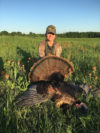
Courtney is an avid hunter from Louisiana. She has a passion all things outdoors and is an avid hunter. She is also a team member of Huntress View, an organization formed to help strengthen the ever growing community of women hunters.
Traveling With Firearms – Part 2
November 27th, 2016 by BTC Editor
The Good, the Bad and the Ugly: Taking your Firearm Hunting in Foreign Countries

As a hunter, your gun is your best friend. You have spent many hours with it, target shooting, in the stand, bumping around in the back of the truck; it becomes more than just a gun to you. Of course, no matter where in the world you are hunting, you want to take your best friend with you, but that is not always possible. When planning an international hunting trip it is always important to know the rules and regulations around carrying your own firearm for hunting purposes.
First, every country is different. In Wild West terms, I will do the Good, the Bad and the Ugly in reverse, starting with the unfriendly or not-so-friendly countries. Argentina offers great hunting opportunities for fowl, red stag, black buck and other species, but you cannot bring your own gun. Outfitters will offer many options for rifle and shotgun rental and ammunition. You might miss your best friend on this trip, but it will still be a great experience.
Another Spanish speaking country that offers beautiful scenery, wonderful hunting and great food, but difficulty with guns is Spain. The Ibex grand slam might be on your list of dream hunts, but if you want to take your own rifle, you need to start your planning at least six months in advance. Paperwork must be filed through the Spanish Consulate in the United States. Depending on where you live, this office could be located in a few different cities and you must file with the right one for your resident location. Getting representatives to answer phone calls or respond to emails can be an issue. This is another country where it is best to coordinate a rifle with your outfitter.
The last on my list of difficult countries: Australia. I love Australia, the beauty of the outback, the friendliness of the people, the remote locations where all you see for miles and miles are red dirt and wallabies, but if you want to bring your own gun, be prepared. There is a lengthy amount of paperwork that must be filed before you leave. This includes police reports from your hometown, submitted to Australia and returned to you. The process should be started a minimum of three months before you leave. This also requires a fee of over $100 USD, but it must be paid in Australian dollars. Your outfitter will help you with all of this, but it is an added headache for you and them. There is now also the issue of leaving the country. Additional paperwork must now be filed in order for you to take your gun out of the country when you leave. If you are planning on doing any additional touring while on your Australia trip, please leave your gun at home. Each state requires you to have a firearms license to transport your firearm in that state. You cannot get a firearms license unless you are hunting with an outfitter in that state. Therefore, if you are hunting in the Northern Territory and you bring your own gun, you have permission to have the gun in the Northern Territory, but if you would like to travel to Sydney after your hunt, you do not have permission to have a firearm in New South Wales. My advice, use a firearm provided by your outfitter when hunting in Australia.
Now that the Ugly is out of the way, the Bad. These countries might have a bad reputation on the global front, but they are quite friendly to firearms for hunting. Two of my dream hunts, an Ibex in Turkey and the big boy Marco Polo in Tajikistan. Both countries might make the news politically, but your outfitter will get your gun through on arrival. Make sure you communicate with your outfitter and let them know what you are bringing so they will have everything taken care of when you arrive.
Finally, the Good. New Zealand. My favorite place to hunt, so far, and an easy country to bring your own firearm for hunting. There is a $25 NZD fee on arrival and your guns will be inspected by the police as you go through customs. That’s it. Make sure your firearm is in a hard case with lock, stored with no ammunition in the chamber and the magazine is separate if it is full. Now you are free to enjoy the beauty of New Zealand and the wonderful hunting opportunities that abound in this country down under.

Africa has been left for last, one because it is fairly simple, two because it is a continent, not a country. There are quite a few countries within Africa to hunt. Make sure you coordinate with your outfitter in case there are specifics for your desired location. There is usually just paperwork on arrival. An agent can be pre-booked to meet and greet you and get your firearms through quickly. It is worth the money to take this route.
The most important part of traveling with firearms is preparation. Make sure you ask your outfitter what needs to be done for your specific hunting location. Talk to other people who have been to that country hunting and get their opinion and experience. It might be difficult to leave your best friend behind on your hunt of a lifetime, but that is a better option than getting it confiscated by the government of a faraway place. And that, is the Good, the Bad and the Ugly of traveling with firearms.
By Lora Gene Young
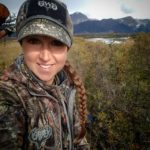
Lora Gene Young is an avid outdoors-woman from North Carolina. Lora guides hunts in both New Zealand and Australia and is also a member of Huntress View, an organization formed to help strengthen the ever growing community of women hunters.
Wild Game Thanksgiving Dinner
November 13th, 2016 by BTC Editor
It’s that time of year again, where we sit down with family and celebrate Thanksgiving. It’s a time to reflect on all that we are thankful for. For a hunter, this includes the memories in the field and the wild game that was harvested. In my opinion, there’s no better time than Thanksgiving to serve wild game. If you prefer a more non-traditional Thanksgiving dinner, here are a couple of simple recipes to try that you and your family are sure to appreciate.
The main course and side is a dinner kit from Hunter Gatherer Game Dinners.
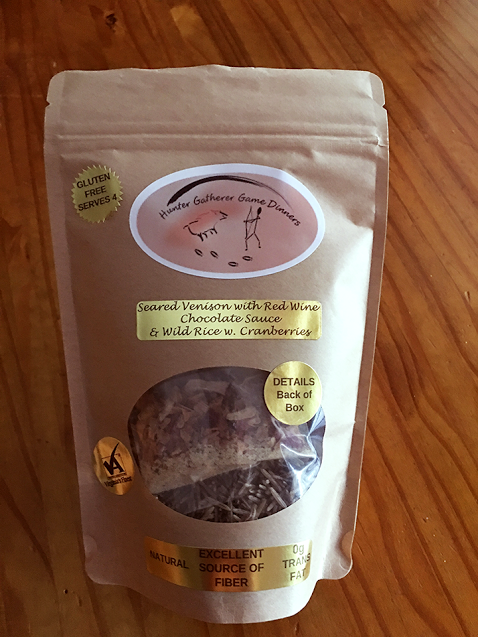
[Main course]
Seared Venison with Red Wine Chocolate Sauce
INGREDIENTS
- 12 oz. venison, elk, buffalo, filet mignon or rib eye steak (I prefer venison filet mignon)
- You’ll need to buy:
- 2 oz. pancetta or Italian bacon
- 1 – 8 oz. can low-sodium chicken broth
- 1 stick unsalted butter
- 1 cup Red Wine
- There are seasonings for the meat in individual packets labeled with numbers, as well as step-by-step instructions so it’s super easy to make!
[Side]
Wild Rice with Cranberries
- The wild rice and cranberries are also included in this kit, along with preparation instructions.
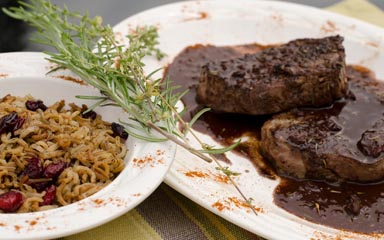
[Dessert]
Persimmon Bread
Most know that deer love to eat persimmons, but have you ever tried one? If you’ve ever tried one before they are ripe you probably think cooking anything with persimmons sounds like a bad idea, as they are awfully bitter. But once they turn ripe they are sweet and are great to use for pies, breads, cakes and cookies. Once they turn a purple/gray color and get soft they are ready for picking, usually after the first couple of frosts.
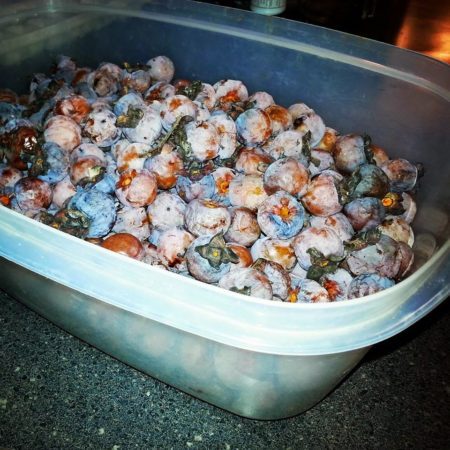
This recipe is my pumpkin bread recipe, but I swapped the 15 oz can pumpkin for 15 oz of persimmon pulp. To me, ripe persimmons taste very similar and have the same consistency as a pumpkin. To get the pulp you will want to smash the persimmons into a bowl through a cone shaped collander, this way you don’t get the skins or seeds in the pulp. We picked these and after smashing all of them through the collander we probably have about 4-5 cups of persimmon pulp. I put the pulp into zip-loc baggies, about 2 cups per baggie, and store them in the freezer until ready to use for cooking.
- 3 cups sugar
- 1 cup cooking oil
- 4 eggs
- 3 1/2 cups all purpose flour
- 2 tsp baking soda
- 1 1/2 tsp salt
- 1 tsp ground cinnamon
- 1 tsp ground nutmeg
- 2/3 cup water
- 15 oz persimmon pulp
- Preheat oven to 350 degrees. Grease 2 loaf pans.
- In an extra large mixing bowl, beat sugar and oil with electric mixer on medium speed. Add eggs & beat well; set sugar mixture aside
- In a large bowl, combine flour, baking soda, salt, cinnamon & nutmeg. Alternately add flour mixture & the water to sugar mixture, beating on low after each addition until just combined.
- Beat in the persimmon pulp.
- Spoon batter into pans
- Bake 55-65 minutes or until a toothpick comes out clean
- Cool in pan on wire rack for 10 minutes. Wrap & store overnight before slicing (The recipe calls for this, but I never do this. I absolutely love warm bread right out of the oven!)
By Andrea Haas
Andrea Haas is a Pro-Staffer from Missouri who enjoys hunting deer, turkeys, and upland birds. She is also the founder of the Huntress View, an organization formed to help strengthen the ever growing community of women hunters.
10 Pheasant Hunting Safety Tips
October 16th, 2016 by BTC Editor
10 Pheasant Hunting Safety Tips
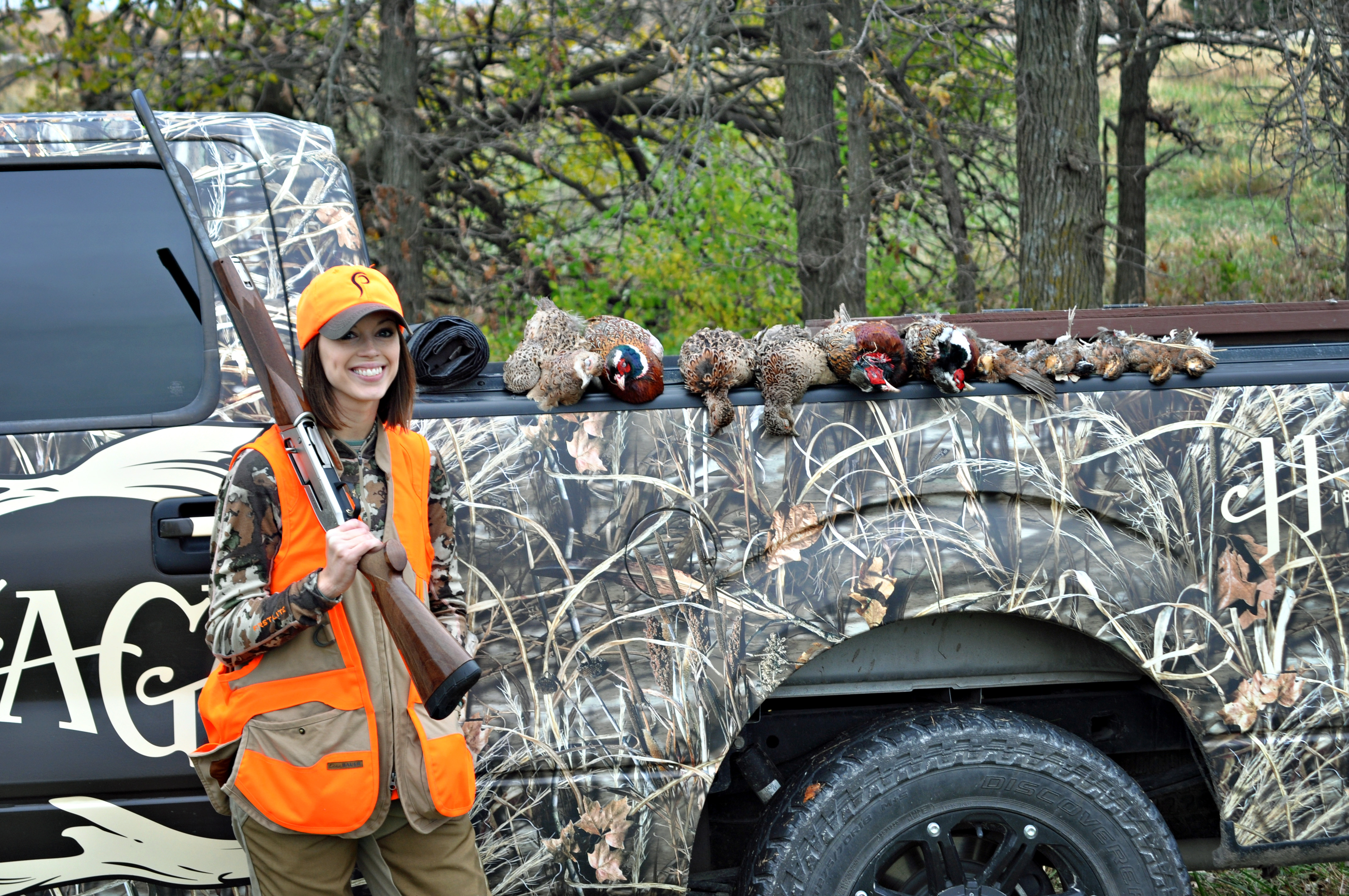
I’ve only been pheasant hunting for about 4 years now, but one thing that has been clear to me from my very first hunt is the importance of safety. It’s your responsibility to handle your firearm safely so you keep yourself, your hunting buddies, and the hunting dogs safe. After witnessing a couple of accidents on my hunts (luckily nothing serious), I feel it’s important to share a few safety tips.
- 1) Always point the muzzle in a safe direction.
- 2) Don’t rely on your shotgun’s safety feature alone to prevent an accident. Keep your safety on and finger off of the trigger until ready to shoot.
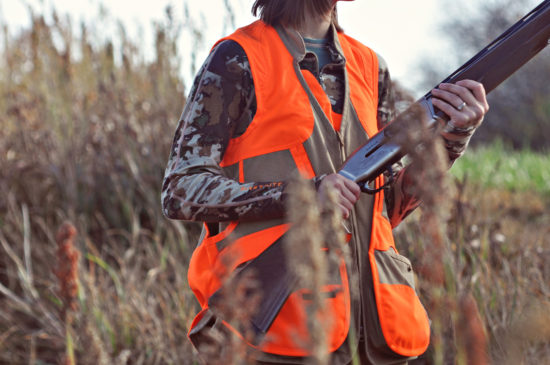
- 3) Start each hunt with a few safety reminders. It may seem monotonous after hunting for years, but it’s something that needs to be reinforced each hunt.
- 4) Know where your hunting partners and dogs are at all times. One of our hunting partners ended up getting shot in the arm one year because he was downhill from the group who was walking out a field and he failed to tell anybody. Luckily he was far enough away that it didn’t cause much damage, but it could have ended very badly.
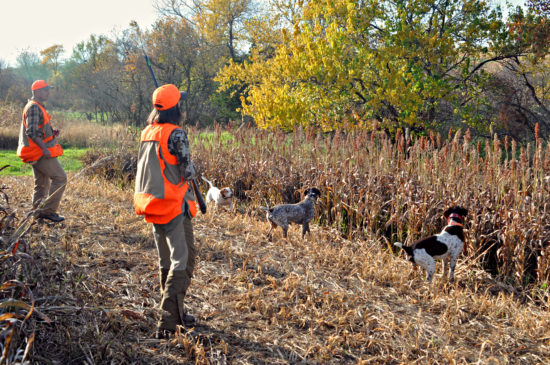
- 5) When walking out large fields make sure you and your hunting partners stay in an even line, paying attention not to get too far ahead or behind so no one is in the line of fire.
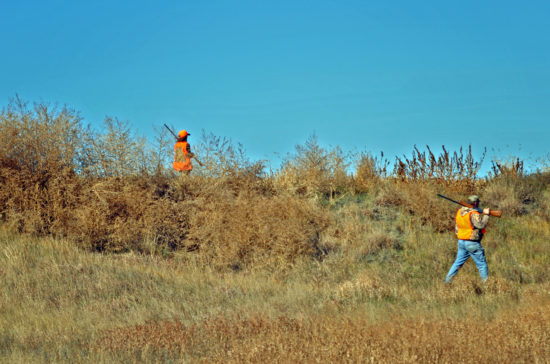
- 6) Make sure your shotgun barrel is free from obstruction. Have you ever been walking out a field and fall into a badger hole, smacking the end of your shotgun barrel into the ground? Well, I have a couple of times. My hunts could have taken a wrong turn after that had we not checked my barrel and cleaned the mud out.
- 7) Make sure you aim above the horizon and see sky before you pull the trigger. When a pheasant flushes the dogs will often jump up and try to catch it. It would be horrible to shoot a dog or a person, so always make sure you let the pheasant get up high enough before shooting. If you don’t have a clear shot, just pass.
- 8) Make sure you are putting the right size shell into your shotgun. For example, never put a 20 gauge shell into a 12 gauge shotgun.
- 9) Never climb/cross a fence with a loaded shotgun.
- 10) If your shotgun fails to fire, wait about 10 seconds, keeping it pointed in a safe direction and your finger off the trigger. Unload the gun and dispose of the ammo.
As with any hunt, safety when handling your firearm is the most important thing. Accidents are few and far between, but just remember that they can happen to anyone at any time. Remembering the above tips will make your pheasant season more safe and enjoyable for all involved.
By Andrea Haas
Andrea Haas is a Pro-Staffer from Missouri who enjoys hunting deer, turkeys, and upland birds. She is also the founder of the Huntress View, an organization formed to help strengthen the ever growing community of women hunters.
